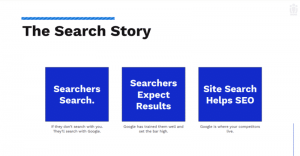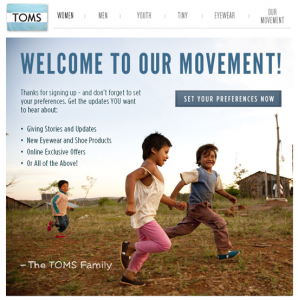
Branding is a crucial part of a startup’s success: they need to let people know quickly and effectively who they are, and why they have emerged on the scene.
On the other hand, differentiation is something that many professional services firms struggle with. If this sounds familiar, perhaps it’s time you let some of the startup magic rub off on you…
Rebranding a firm can seem like a daunting prospect, especially if you’ve been relying on a ‘keep piling things up on top of each other’ model. Yet, in this crowded market place, it’s crucial that your firm has a clear voice. Time to declutter!
1. What’s your vision?
A startup has to think about the ways in which it will challenge the existing market. What are your firm’s goals? Where do you want to see it in 5 years? Ten years? Narrow this down to two key statements.
2. What’s your firm’s personality?
This can be tricky, ‘large and agile’, ‘award winning’ and so forth are not going to cut it. Identify your firm’s unique selling point (USP). A good place to start is to think about what your clients value the most about your services. If you’re not sure: ask them!
It can also be useful to return to the backlogs of the firm’s history. Startup stories tend to revolve around their founders: is there a good equivalent story there? Perhaps your firm was famous a few decades ago for doing something unusual – if so, flaunt it!
Once you’ve identified your angle, you need to make sure that your firm’s language, design, and tone all develop from that core concept.
3. How will you communicate your ‘brand essence’?
It’s useful to think of a content strategy in terms of the Hero, Hub, Hygiene model.

Naturally, when re-branding, you’ll be thinking about ‘Hero’ ways of announcing the change, which is definitely important. Your brand has to also be clearly communicated in all your ‘Hygiene’ material (website, brochures, etc). However, the ‘Hub’ should be a crucial part of your long-term strategy.
The ‘Hub’ describes ongoing marketing activity such as blogs, social media, and so forth. Using thought leadership is a great way of communicating your company’s values, and ensuring that your audience builds up an idea in their mind of what your ‘brand essence’ is.
As a bonus, here is an example of a large company that deliberately tried to market one of its product like a startup – a strategy that seems to have paid off.
This post was originally published on Passle.
Business & Finance Articles on Business 2 Community(96)







